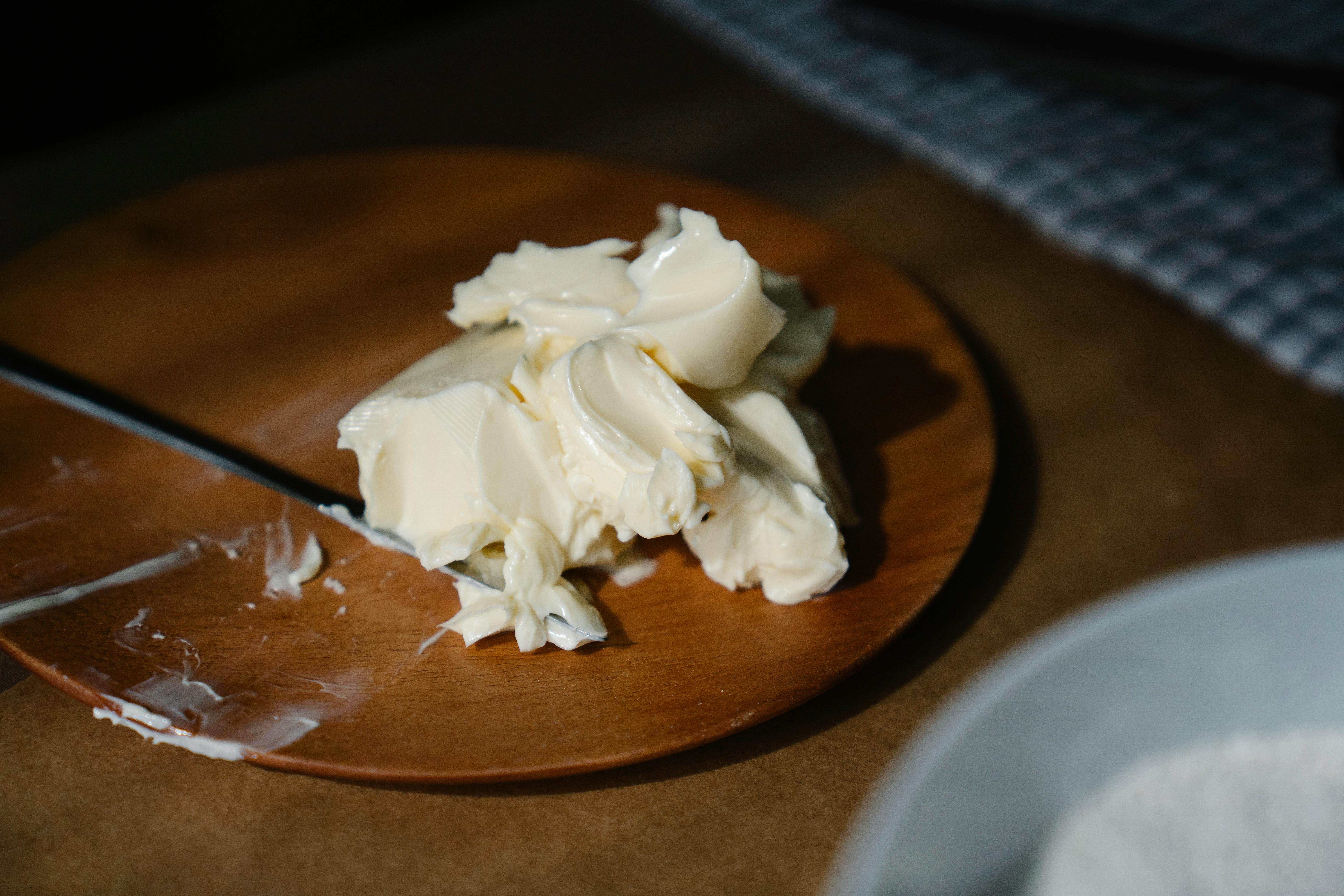
Smart Ways to Clean Mushrooms for Better Cooking in 2025
Mushrooms are a versatile and nutritious ingredient in various culinary dishes. Their unique texture and flavor enhance numerous recipes, making them popular among chefs and home cooks alike. However, cleaning mushrooms properly is essential for maintaining their quality and ensuring food safety. This article will provide insightful tips and methods on how to clean mushrooms effectively, the tools required, and best practices to follow in the kitchen.
Benefits of cleaning mushrooms include not only removing dirt and impurities but also enhancing their natural flavors. With proper mushroom care, you can enjoy the health benefits and culinary versatility these edible fungi offer. From choosing the right cleaning techniques to storing cleaned mushrooms effectively, this guide covers everything you need. Let’s dive into the art of mushroom preparation!
Essential Techniques for Cleaning Fresh Mushrooms
Understanding the key techniques for cleaning fresh mushrooms is crucial for every kitchen enthusiast. The first step in maintaining mushroom hygiene is to assess the type of mushrooms you're working with, as different varieties may require distinct cleaning methods. For instance, delicate mushrooms like chanterelles may need gentler techniques compared to sturdier types like portobello.
Washing Mushrooms: The Best Practices
Washing mushrooms can be a contentious topic among chefs, as some advocate for rinsing while others suggest avoiding water to preserve flavor. When washing mushrooms, it's essential to rinse them quickly under cold running water. This helps eliminate any dirt or contaminants without soaking them. Utilize a colander to facilitate rinsing and ensure even water distribution.
After rinsing, use a clean kitchen towel or paper towels to wipe down the mushrooms, absorbing any residual moisture. Setting a good practice of drying cleaned mushrooms helps maintain their texture and prevents them from becoming soggy during cooking.
Efficient Dirt Removal: Scrubbing Techniques
For mushrooms that have more dirt attached, such as wild mushrooms or those harvested from gardens, scrubbing might be necessary. A soft brush specifically designed for mushrooms can be an excellent tool for removing dirt without damaging their delicate surfaces. Ensure to clean brushes regularly to avoid cross-contamination between different mushroom types.
While scrubbing mushrooms, always handle them gently to preserve their structural integrity. It's also advisable to remove stems that appear too dirty or tough to clean, as this can enhance the overall quality of your dish.
Helpful Mushroom Cleaning Supplies
Investing in the right cleaning equipment is crucial for effective mushroom cleanliness. Having a good-quality brush, colander for rinsing, and an assortment of kitchen towels will significantly improve your mushroom preparation process. Additionally, ensure you have a sharp knife on hand for trimming any undesirable parts of the mushrooms.
Cleaning solutions can also be beneficial. Some chefs recommend using a mild vinegar solution to sanitize mushrooms, especially for wild varieties. Make sure to rinse the mushrooms under cold water after using any cleaning solution to remove any residues.
When dealing with specialty mushrooms, like shiitake or enoki, knowing their specific cleaning requirements will further improve your cooking outcomes.
Cleaning Techniques for Varieties of Mushrooms
Different types of mushrooms come with varying cleaning needs. Here, we’ll explore how to clean some popular varieties effectively.
Cleaning Button Mushrooms
Button mushrooms are commonly used and require less intensive cleaning than wild types. Rinse them briefly under cold water, and, if needed, use a brush to clean crevices. Button mushrooms should be dried carefully to maintain their flavor and texture.
Preparing Shiitake Mushrooms for Cooking
Shiitake mushrooms typically have tougher stems. It is recommended to carefully remove the stem before cleaning. Briefly rinse the caps under cold water and pat them dry with paper towels to eliminate excess moisture. Their rich flavor shines when handled properly!
Cleaning Portobello Mushrooms: A Step-by-Step Guide
Portobellos, known for their meaty texture, can trap dirt in their gills. Using a damp cloth to wipe the gills is often the best method for cleaning without losing flavor. If you prefer to rinse them, do so very briefly, as soaking them can lead to a watery texture.
Safe and Efficient Storage Solutions for Cleaned Mushrooms
After cleaning, proper storage ensures that your mushrooms retain their freshness and flavor. Storing cleaned mushrooms in a paper bag, rather than plastic, allows for proper air circulation, preventing mold growth.
Preserving Quality: Common Mistakes to Avoid
One common mistake in mushroom storage is using airtight containers, which can trap moisture and lead to spoilage. Instead, use breathable materials and keep them in the fridge, where they can maintain their quality. Additionally, always inspect your mushrooms for any signs of spoilage before use.
Storing Wild Mushrooms: Special Care
Wild mushrooms often have a shorter shelf life and require extra care. Clean and store them as soon as possible after harvesting. Utilize paper bags or containers that allow air circulation, and avoid washing them until just before use to prevent accelerated spoilage.
Final Thoughts on Mushroom Cleaning and Preparation
Understanding the importance of proper mushroom care and cleaning techniques significantly enhances your cooking experiences. From the meticulous rinsing of delicate chanterelles to the scrubbing of hearty portobellos, every mushroom benefits from these smart cleaning methods.
By adopting the recommended cleaning processes, you can ensure your mushrooms are prepared safely, preserving their unique flavors and textures. For further insights into mushroom preparation techniques and concise kitchen tips, visit our additional resource on mushroom care. For more culinary techniques and innovative uses of mushrooms, check out this guide to mushroom recipes. Happy cooking!